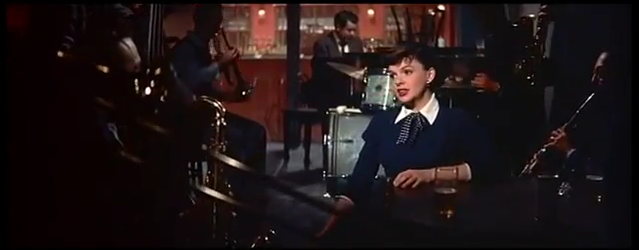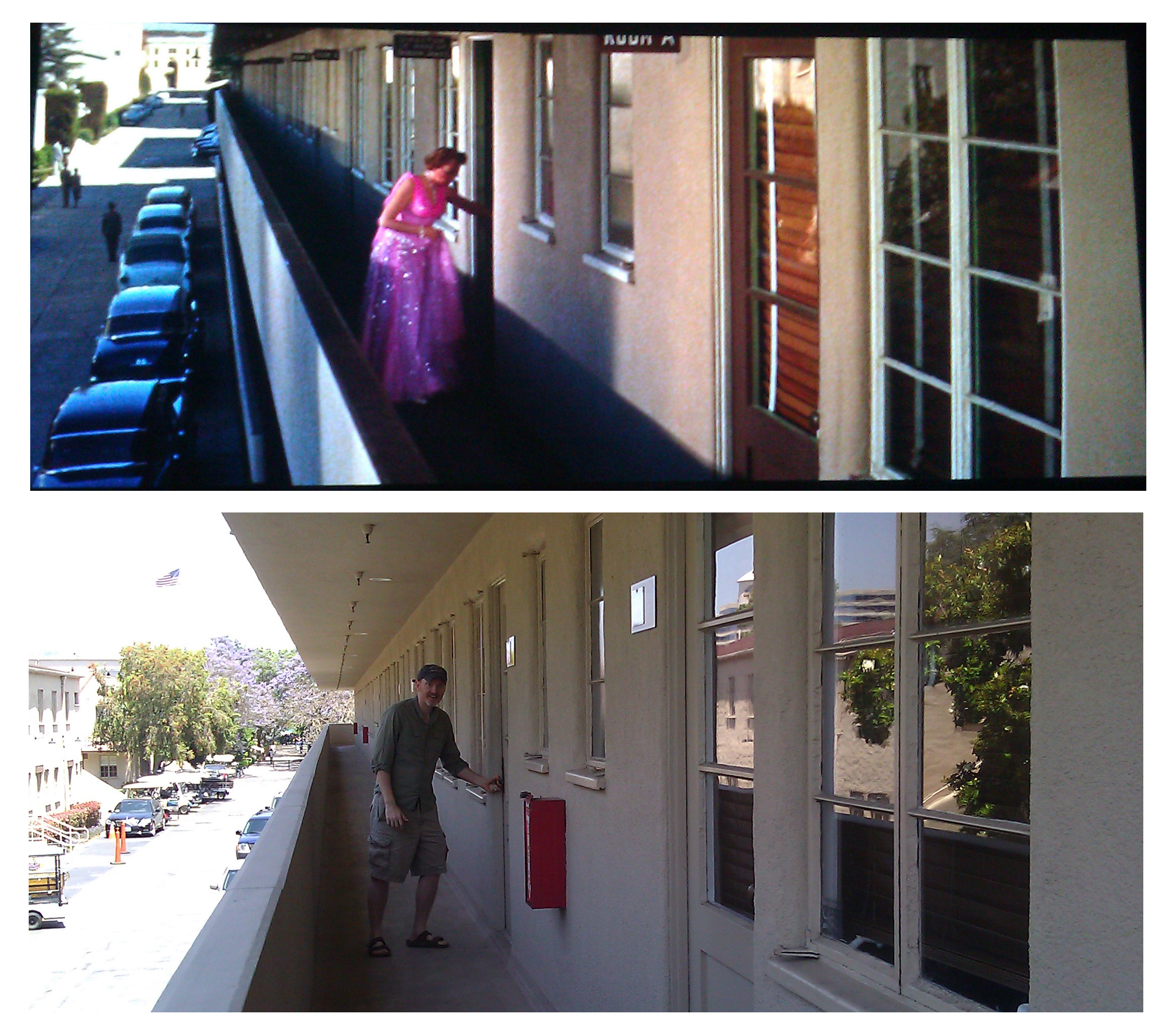
A STAR IS BORN (1954, Cukor)
Okay, this apparently is musicals week (what can I say, Outfest just opened). One of the most remade stories ever is A Star is Born. Just as seismologists warn us we are overdue for a Los Angeles earthquake, likewise, by interpreting past occurrences, we can clearly see we’re way overdue for another A Star is Born: Janet Gaynor & Frederick March (1937), Judy Garland & James Mason (1954), and Barbra Streisand & Kris Kristopherson (1976). And there are rumblings of a new version in the works. Casting is not firm, but one thing that seems certain is that Beyonce Knowles will star as the titular character and Clint Eastwood will direct.
But lets go back to perhaps the best incarnation thus far, George Cukor‘s (1954). Conceived to revive Judy Garland’s career, it was a big hit both critically and with audiences, and Garland went on to television specials and her landmark concert in New York. And in today’s samples we can see why. A lot was riding on it; each musical number and dramatic scene was painstakingly crafted.
Case in point. Check out one of the greatest musical Oners ever created. You got your Judy torch-songing it with something right out of her wheelhouse (and tearing it up); there’s Cukor brilliantly staging and designing a moody, impressionistic vision of a band kicking it up after hours; gorgeous cinemascope compositions that would give David Lean a run for his money; and, below, you got your evidence of just how difficult and hard-won this amazing sequence/shot was to invent.
So first, have a look at the famous scene that appears in the final film, and then check out the bonuses below that chart its evolution. The shot starts at :55 –
.
George Cukor & Judy Garland’s Trial and Error
The art direction, the costume design, the blocking weren’t easily discovered as you can see by these 2 completely different versions – stepping stones, if you will – that lead us to the final version. In this first staging, both the costumes and the lighting are very bright. The blocking is not half as inspired and we couldn’t be further from the impressionistic chiaroscuro that would give the final scene so much mood and depth. (Cukor also shot a tighter lens on this version.) Shot starts at :11 –
http://www.youtube.com/watch?v=NlXmqHqHO8E
In the next version, Cukor is much closer to the darkness of the final, but the blocking isn’t quite as magical (how about that poor clarinetist who’s stuck in the shot for so long), the costumes have yet to match the shadows, and the gorgeous impressionistic use of the band has yet to reach its potential.
http://www.youtube.com/watch?v=kxv-8gLLZ2s
Pretty fascinating and inspiring to see that even one of the great masters like Cukor had to work hard to figure out what would work. A really great case study!
